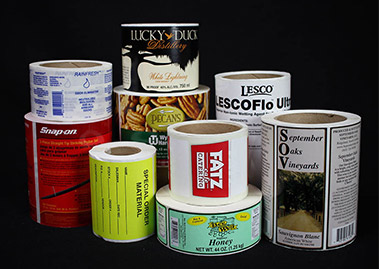Reasons Why Banding Is the Standard for Sustainable Food Packaging

In the sustainable food packaging space, “banding” is just what it sounds like: the practice of wrapping a band around a product’s packaging or, in many cases, the product itself.
The industrial packaging technique has quickly become popular among food and beverage manufacturers. Many factors have made banding the go-to approach for sustainable food packaging.
Banding Reduces Total Material Usage
The most obvious advantage of banding is that it reduces total material usage.
Instead of wrapping an entire bundle of carrots, broccoli, asparagus, bananas, or other produce, manufacturers can simply group these products with a single adhesive band.
Since bands can be custom printed to include a company’s name or brand logo, businesses can still connect with consumers without wasting so much plastic.
It Can Be Made from Sustainable Materials, Too
Speaking of plastics, numerous organizations have been working on developing biodegradable alternatives that don’t take centuries to break down. While some of these solutions are still in the works, others are market-ready.
Although they’re somewhat expensive compared to regular plastics, businesses can offset the costs associated with making the switch to more sustainable materials by using banding instead of traditional packaging methods.
Banding Cuts Down on Packaging Costs
That brings us to the final unignorable benefit of banding: it’s incredibly cost-effective.
Banding products requires a fraction of the material that traditional packaging methods do. Once your banding operations are up and running, you’ll rack up savings and reduce your operating expenses. You can use these funds to hire new employees, pursue planned projects, or explore other sustainability initiatives.
Banding Holds Businesses Together
Ready to learn more about banding and the many advantages it can offer your business? Contact Holland Manufacturing by visiting our website or calling our team directly at (800) 345-0492.

